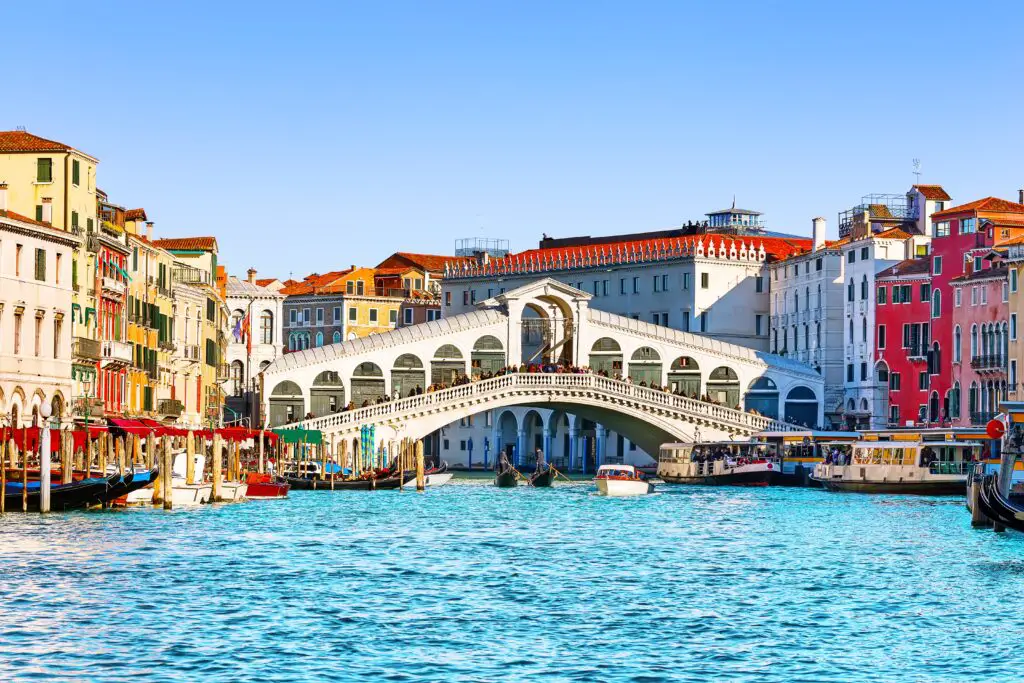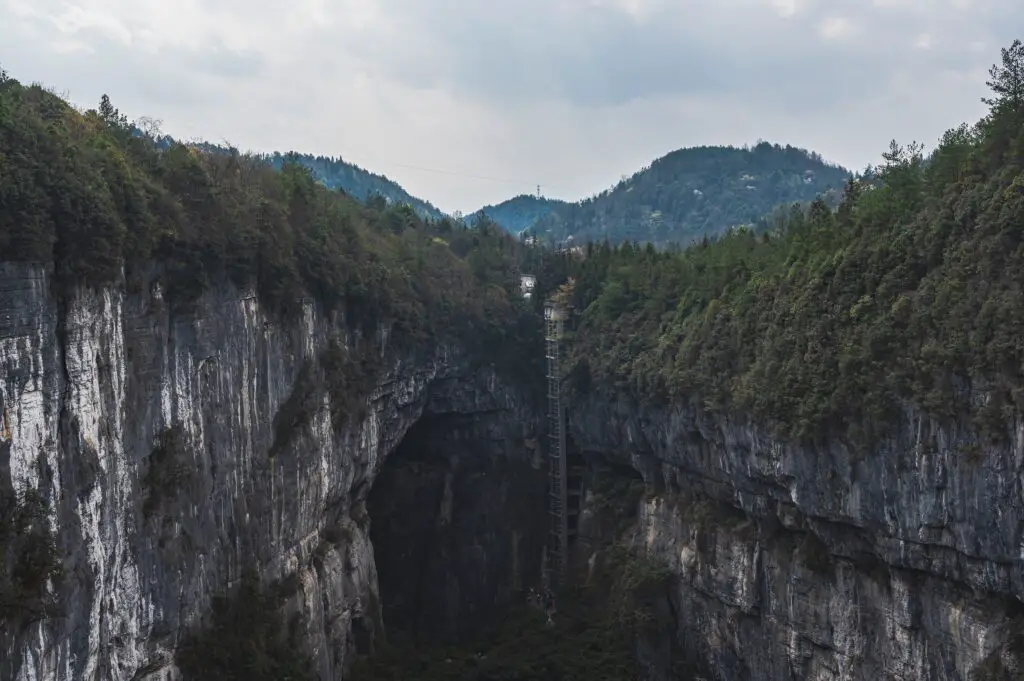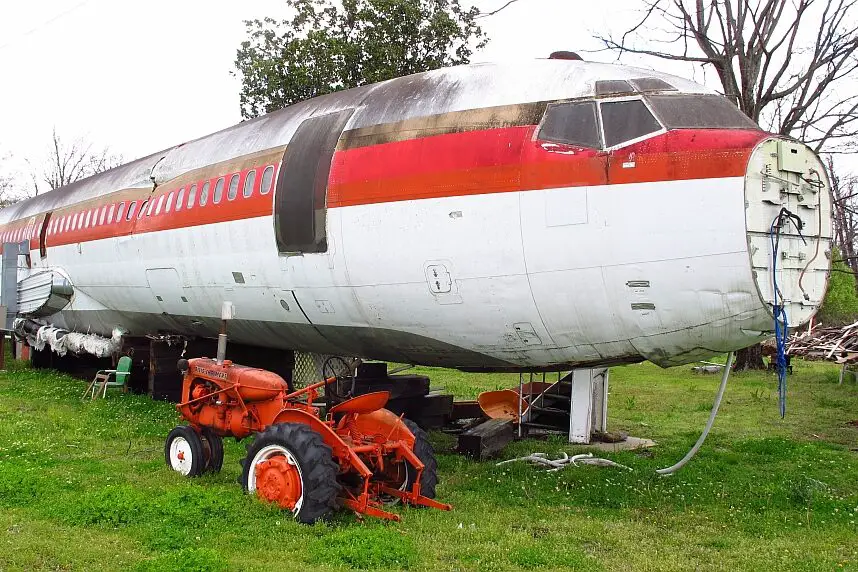1. The Top of Skyscrapers

In the early 20th century, people found ways to live in the unlikeliest of places, including the rooftops of skyscrapers. Before building codes and regulations became stricter, city dwellers would create makeshift homes on top of the tallest buildings. Some of these rooftop apartments were essentially tiny, cramped spaces with just enough room for a bed and a small stove. They were an affordable option in crowded cities like New York, where space was limited and prices were high.
Living at such dizzying heights may seem unimaginable today, but back then, it was surprisingly legal. These rooftop dwellings were often hidden away from public view, tucked behind parapets or accessible only by a hidden staircase. The lack of proper building permits and safety regulations meant that no one questioned their existence—until the buildings were renovated or regulations caught up. It wasn’t until the mid-20th century that living on rooftops became illegal in most places due to safety concerns.
2. The Underground Apartments of New York City

Beneath the bustling streets of New York City, there once existed a network of underground apartments that people called home. These subterranean dwellings, often referred to as “basement apartments,” were built in spaces designed for commercial use, with little regard for comfort or safety. The homes were typically dark, damp, and poorly ventilated, but they were affordable in a city where housing prices were skyrocketing. Some even lacked proper plumbing and required residents to get creative with their living conditions.
Believe it or not, these underground apartments were once entirely legal. In the early 1900s, laws were less stringent about living conditions, and zoning codes allowed for these unusual living spaces to be rented out. It wasn’t until later that building codes were updated to address safety and sanitation, rendering these types of living situations illegal. Today, New York’s underground housing is a memory of a different time, but it serves as a reminder of how far housing regulations have come.
3. The Floating Homes of Venice

Venice has long been known for its canals, and in the past, some of its residents lived in floating homes. These homes, known as “boat houses,” were built on barges and floated on the water, often tethered to the sides of canals. While the idea of living on water might seem like a romantic fantasy today, it was once a common and legal form of residence in Venice. People lived in these floating homes because of the lack of affordable land and the unique structure of the city.
Interestingly, living on water in Venice was fully legal for many years, with little regulation on the practice. These homes were part of the city’s rich maritime culture and were an accepted form of life for Venice’s working class. Over time, however, the increasing population and rising water levels made the floating homes less practical, and modern regulations led to a decline in this form of housing. Today, they are more of a historical curiosity than a common lifestyle choice.
4. The Cave Dwellings of Cappadocia

In the heart of Turkey, the region of Cappadocia is known for its surreal landscape, including homes carved into the soft volcanic rock. These cave dwellings, some of which date back thousands of years, were once legal places for people to live, and many still serve as homes today. The region’s unique geology made it possible to carve intricate, multi-level homes into the stone, providing natural insulation against the harsh temperatures.
For centuries, living in these caves was not only legal but also practical. The caves were cool in the summer and warm in the winter, offering a perfect climate for their inhabitants. The region’s rich history of cave dwellings continued well into the 20th century, with modern residents still living in these ancient homes. While regulations have changed over time to preserve the area’s historical significance, the idea of cave living is still alive in Cappadocia, with many of the homes being passed down through generations.
5. The Shipwreck Homes of New Zealand

In New Zealand, there once existed a fascinating trend of people transforming old shipwrecks into homes. After ships were abandoned or left stranded along the coastline, resourceful individuals saw potential in these hulking, rusty vessels. With little regulation and a lot of ingenuity, these shipwrecks were turned into livable spaces, complete with kitchens, beds, and even bathrooms. It wasn’t uncommon for families to live in these makeshift homes for years, weathering the elements in the most unlikely of places.
For a time, these shipwreck homes were perfectly legal, as the ships themselves were considered abandoned property. The government had no specific laws prohibiting people from squatting in these abandoned vessels. It wasn’t until the 20th century that laws started to crack down on these practices, citing safety and environmental concerns. Today, the shipwreck homes of New Zealand are largely gone, but they remain a quirky piece of the country’s living history.
6. The Airship Dwellings of the 1930s

In the early 20th century, people began experimenting with living in the skies—not in planes, but in airships. These massive, dirigible-like vessels were designed to hold passengers for long periods of time, and in some cases, they became mobile homes. Some adventurous souls saw the potential to live aboard airships permanently, treating them as floating apartments. These airships, often tethered to a location or moored to a specific region, offered a truly unique way of life, with residents enjoying stunning views and a completely different lifestyle.
At the time, these airship homes were legal, largely because the technology was new and unregulated. The idea of living in the sky was considered an exciting, futuristic concept, and there was little precedent for banning it. However, as technology evolved and airship travel became less common, these airborne homes were phased out. Today, the idea of living on an airship seems like something out of a science fiction novel, but for a brief time in history, it was a reality that was surprisingly legal.
